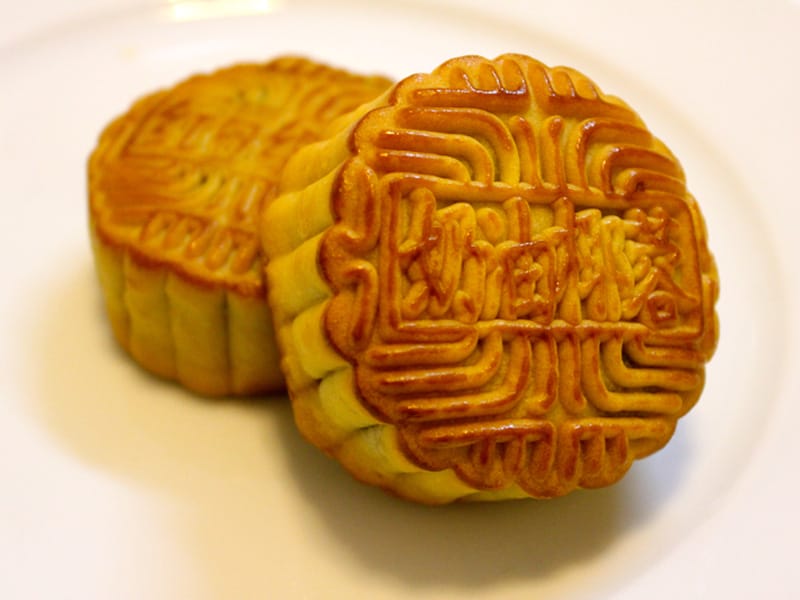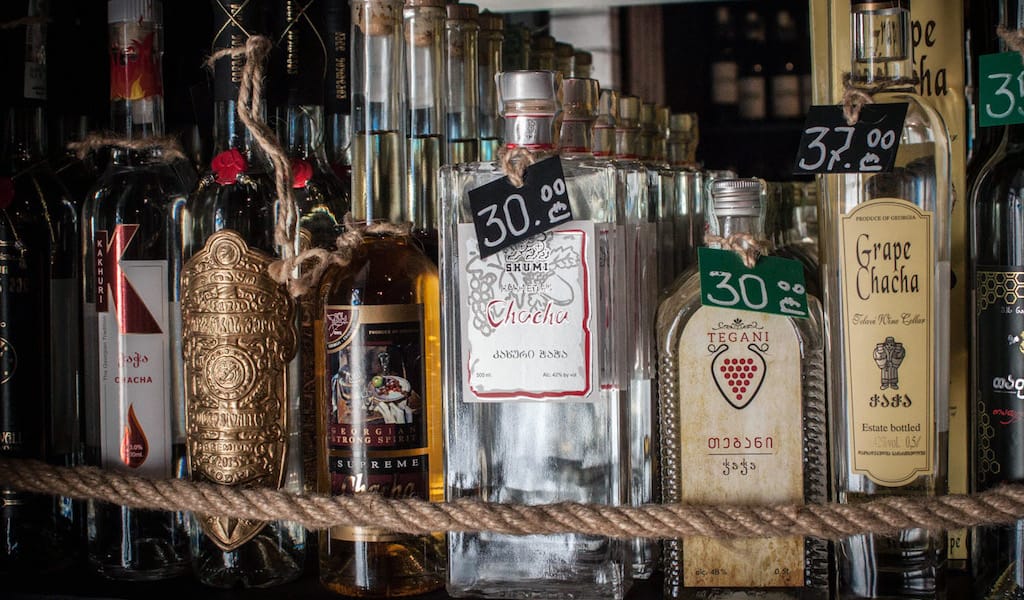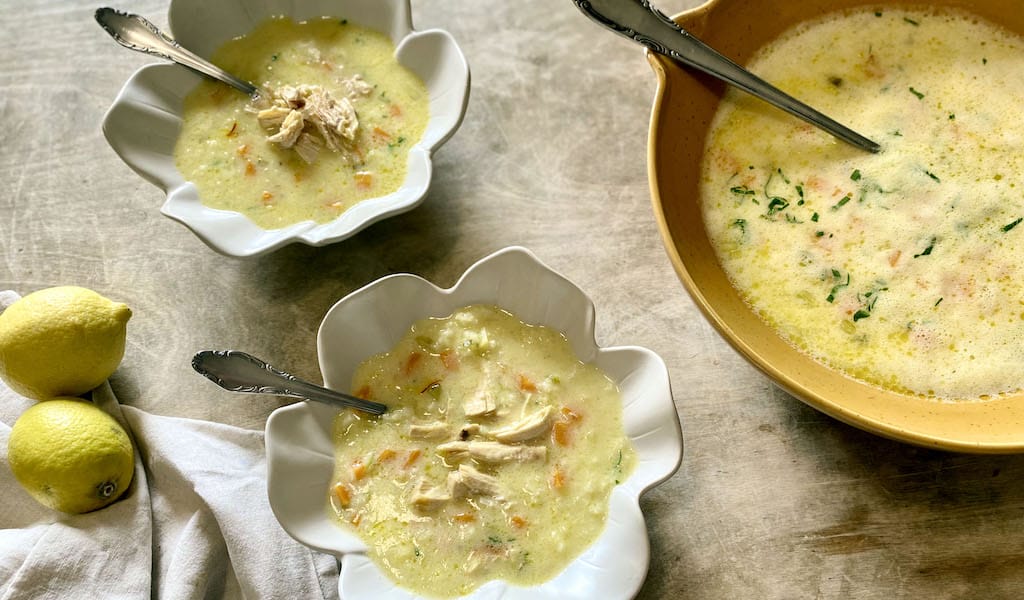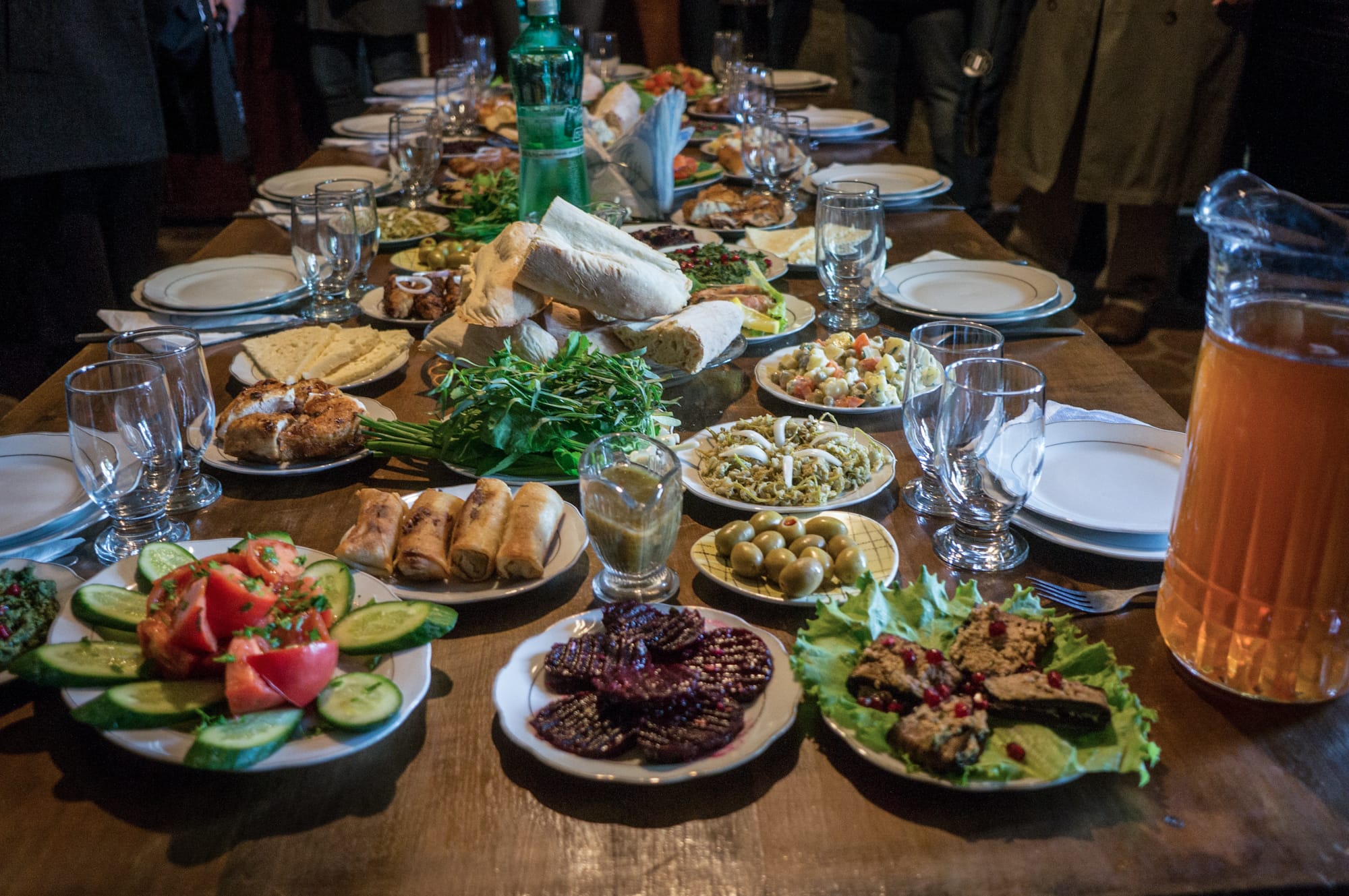Mid-Autumn Festival (中秋节, zhōngqiūjié) lands on the fifteenth day of the eighth lunar month, relatively near the autumnal equinox; in 2012, it falls on September 30. Also sometimes called Mooncake Festival, it is a public holiday in China and Taiwan on which families gather to give offerings to the full moon, float sky lanterns and eat mooncakes (月饼, yuèbing).
A culinary tradition with legendary roots, mooncakes are sold everywhere from grocery stores to five-star hotels and come with competing origin stories that relate how these sweets came to represent the holiday.
Mid-Autumn Festival was inspired by the mythical story of Chang’e, the “Lady of the Moon.” Once upon a time, the world had 10 suns, all of which lived in a mulberry bush together, and each day one sun would be drawn around the world in a carriage. But one day, all 10 suns took to the sky, and their heat destroyed the crops and set the earth on fire. To save the world, the archer Houyi shot nine of the suns down, and the emperor rewarded him with an immortality pill.
The legends differ on how Houyi’s wife, Chang’e, got the pill and consumed it, but one thing is certain: it made her fly. Houyi tried to chase her but was turned back by blustery winds. By then, Chang’e had landed on the moon, where she remains to this very day. By some trick of the gods, Houyi has found his own place in the sun, and each year on Mid-Autumn Festival, the husband and wife are reunited and the moon glows its brightest. Offerings to the moon and Chang’e are required that day, and over time the most popular contribution became the round mooncakes that reflect the beauty of the moon.
Other tales of how the mooncake became associated with Mid-Autumn Festival hearken back to the days of the Yuan Dynasty (1271–1368), when the Mongols ruled over the Han people. The barbarian leaders did not like the taste of mooncakes, so the military counselor of the Han people’s army, Liu Bowen, decided to furtively communicate with the people via the little sweets. To encourage people to eat them, he declared that the desserts held a medicine that would prevent the spread of a deadly plague. Bakers hid secret missives inside the round delicacies instructing the Chinese to overthrow the barbarians on Mid-Autumn Festival. The uprising was a success, and the Ming Dynasty ruled the land for the next 300 years.
Traditionally, the thin crust surrounds a rich filling, such as lotus-seed paste; other popular flavors include red bean paste and date paste. The pastes can take up to two weeks to prepare, so most families purchase their mooncakes at bakeries instead of making them at home. Salted egg yolks are often baked into the center of the cake to represent the moon, and mooncake molds bear each baker’s insignia.
As the custom is brought into the 21st century, mooncakes are often given as gifts to family members and business associates, and it’s not unusual to receive many more boxes than one could possibly eat. The custom of gifting (and  regifting) sumptuous boxes of lavishly flavored mooncakes has in fact become an essential part of doing business in China, garnering comparisons to Christmas fruitcake traditions.
regifting) sumptuous boxes of lavishly flavored mooncakes has in fact become an essential part of doing business in China, garnering comparisons to Christmas fruitcake traditions.
In modern times, variations on the filling have multiplied as gifting becomes more commonplace, and international companies have gotten in on the lucrative action. Starbucks has previously released coffee and pumpkin latte varieties, and Häagen-Dazs serves ice cream options. Five-star hotels go for extravagance, stuffing their mooncakes with abalone, shark fin, truffles or foie gras. Packaging has also become an essential aspect of the custom, with merchants offering everything from commemorative mooncake boxes that turn into wine carrying cases to feng shui-inspired cakes that come with iPhone cases and headsets for large orders.
While Mid-Autumn Festival is a time for family, it’s also an auspicious date for love, so it’s common to see couples tying the knot around the date. Mooncakes have even become a vehicle for romance, as hopeful grooms special-order cakes stuffed with a diamond ring and occasionally pure gold.
But be warned, these tiny sweets pack a hefty punch, with 800 calories per cake on average, making them one of the densest foods Chinese people consume. Recent trends have seen shops churning out low-sugar (or even no-sugar) mooncakes, but moderation is advised. Pairing them with bitter teas, like pu’er, is thought to help cut the sugar and oil. Or you can just try the time-honored diet trick of sharing. Families used to slice them into eight pieces to divide up the luck (and the calories) in the days before mooncake trading became an autumn pastime to grease palms and improve guanxi.
Where to Buy Mooncakes:
Xing Hua Lou – 杏花楼
With almost a century of mooncake-making under their belts, Xing Hua Lou’s many locations are Shanghai’s top destinations during Mid-Autumn Festival. They’re so popular that scalpers sit outside the branches hawking counterfeit boxes bearing the store logo. This Cantonese restaurant originally opened in 1851 but didn’t start baking the holiday sweets until 1928. The menu has evolved into 20 flavors over the years, including the old standby: sweet lotus paste.
Zhen Lao Da Fang – 真老大房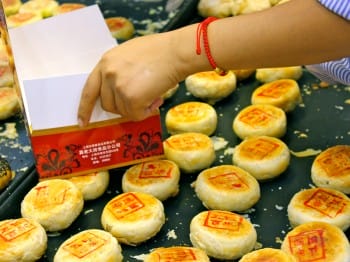
One of Shanghai’s most famous pastry shops, Zhen Lao Da Fang has been serving Suzhou-style pork-stuffed pastries since 1899. The puffed buns have no fancy baker’s logo molded into the dough (merely a red stamp added later with food coloring) and sell for less than RMB 5 per cake, but they are a brand to reckon with all the same. Just check out the line down the block as the weather starts to cool. The Shanghainese know these savory sweets are best eaten hot!
Godly Vegetarian
Better known by locals as 功德林 or Gōngdélín, Godly Vegetarian is a chain of Buddhist restaurants that serves up meat-free (and meat-imitation) products. During Mid-Autumn Festival, their mooncakes are favored for their light flavors. Try passion fruit, black sesame or rose.
The Peninsula Shanghai
Mid-Autumn Festival brings together the traditional flavors of Hong Kong with the sumptuous luxury of the Peninsula. Yi Long Court, the hotel’s Cantonese restaurant, serves custard cakes made from a secret recipe that pumps a shortbread crust full of rich duck eggs. Also on sale are “Connoisseur Mooncakes,” boxes of eight with flavors like Chinese ham with assorted nuts or XO sauce with dried scallop. If you’re counting calories, try the mini mooncake box with tiny renditions of favorite flavors.
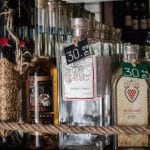 March 13, 2018 Chacha Corner
March 13, 2018 Chacha Corner
The day two airliners flew into the World Trade Center, we were in Lagodekhi, an east […] Posted in Tbilisi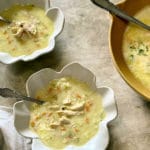 January 17, 2024 Recipe
January 17, 2024 Recipe
I can’t think of a more comforting dish than soup. It can be as simple or complex as you […] Posted in Athens August 13, 2017 Georgian Moonshine and a Countryside Feast
August 13, 2017 Georgian Moonshine and a Countryside Feast
Here's a flashback to our special event in the countryside of eastern Georgia, where we […] Posted in Tbilisi
Published on September 14, 2012
Related stories
March 13, 2018
TbilisiThe day two airliners flew into the World Trade Center, we were in Lagodekhi, an east Georgian village on the border with Azerbaijan. We had been in a total daze trying to comprehend the scope of the tragedy from a village halfway around the world where our hosts were offering solace through the bottle. Zaur,…
January 17, 2024
AthensI can’t think of a more comforting dish than soup. It can be as simple or complex as you wish, and as cheap or expensive as you can afford. Just open your fridge or pantry, and you’re sure to find something to turn into a liquid meal – vegetables, herbs, spices, meat, poultry, seafood, grains, legumes……
August 13, 2017
TbilisiHere's a flashback to our special event in the countryside of eastern Georgia, where we learned about the process of making chacha, the ubiquitous moonshine culled from the remnants of winemaking. The day culminated in this epic feast. Stay tuned for the announcement of future dates!







































